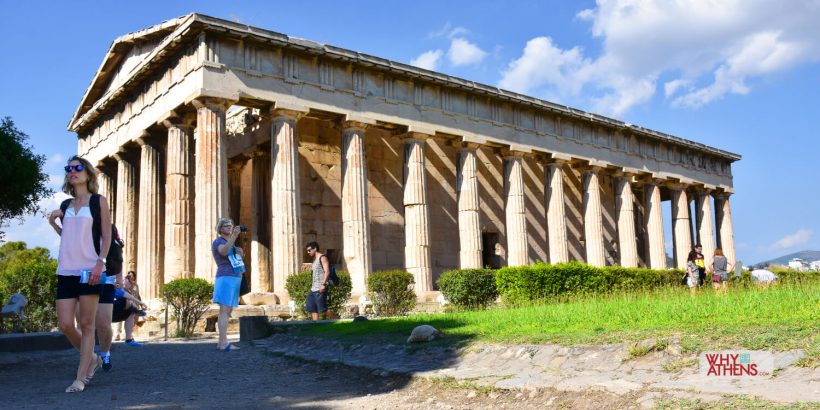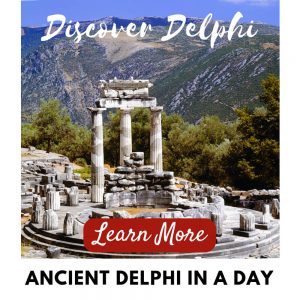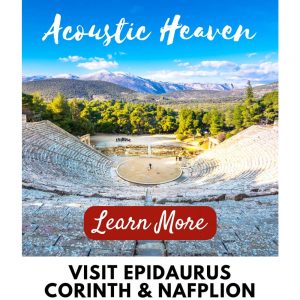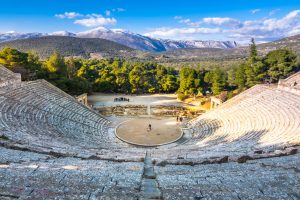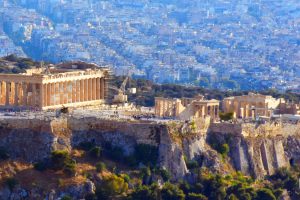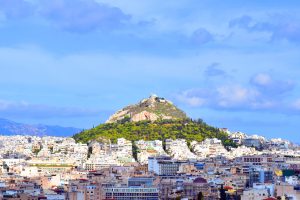The open plateau of the Ancient Agora provided a place for the citizens of ancient Athens to meet, bond and deliberate on the issues of the day, hence the use of the word “agora”, that derives from the verb “αγείρω” which means to congregate. This ancient city with its court of law, gymnasium, temples and “stoas” has made one of the greatest contributions to humankind, in planting the ideals of citizenship, political consciousness and the foundations of democracy.
The Ancient Agora was a dynamic place, where the great thinkers Sophocles, Socrates, Protagoras, among others, would meet and where ordinary citizens could come and interact with their peers, voice their concerns, agree on solutions and courses of action. It represented the ethos of what most of us in the Western world enjoy today; a sense of freedom, justice, equality and social conscience.
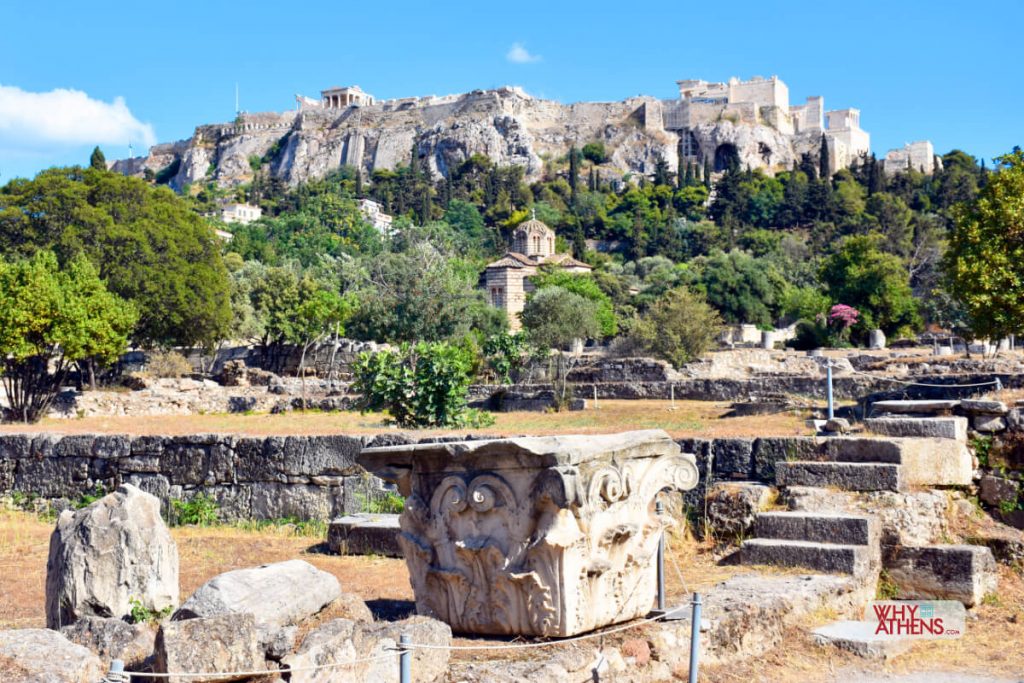
Looking back up to the Acropolis from inside the Ancient Agora. Photograph: Why Athens
Today, this very Athenian agora is a peaceful refuge away from busy city life, with shady trees and a large archaeological space that leads out to several winding pathways and ruins of great significance.
Temple of Hephaestus (circa. 460 – 415 BC)
Among the agora’s many temples, alters and other shrines, the temple of Hephaestus is one of the best preserved of its type in Greece. Built to honour Hephaistos, the patron of metal workers and Athena Ergane, patroness of potters and crafts in general, it was built around the same time as the Parthenon.
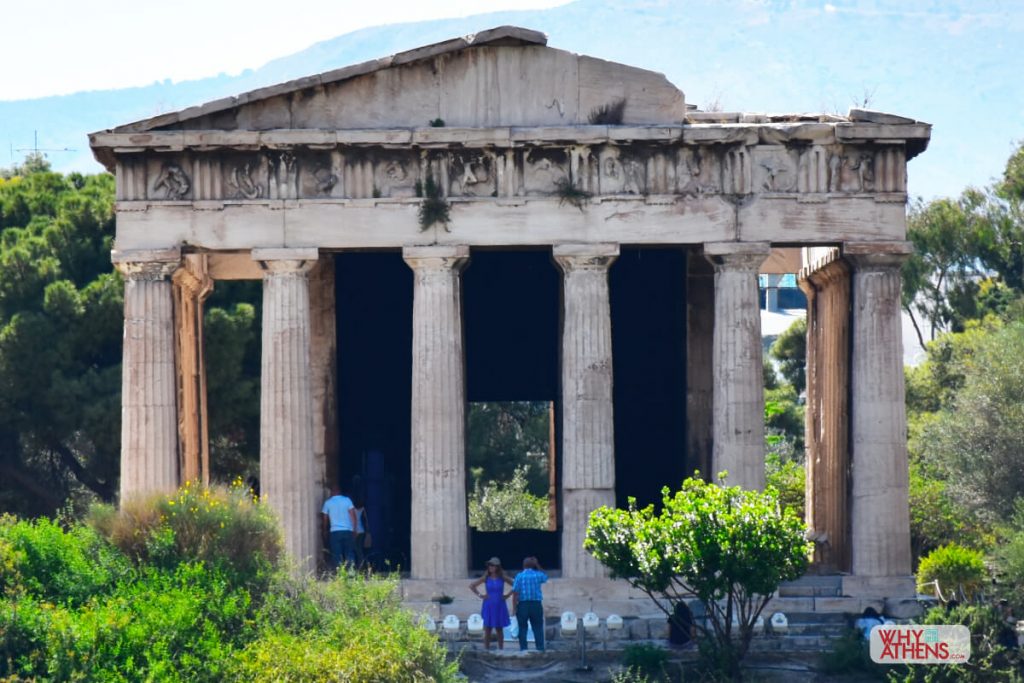
The Temple of Hephaestus is the best-preserved temple of ancient Greece. Photograph: Why Athens
The temple was converted into the church of St George around the 7th century. In the 19th century, the church was used as a burial place for Protestants and for many European philhellenes who died in the Greek War of Independence in 1821. The building remained in use through 1834, when it was the site of the official welcome of King Otto, the first king of the modern Greek state. Since then until the 1930s, it was used as a museum.

The Greek Tortoise frequent the grounds surrounding the Temple of Hephaestus. Photograph: Why Athens
Why Athens Tip: Keep an eye out for the friendly tortoise who visits the lawn in front of Hephaestus Temple. They certainly seem to like the attention of passers-by.
Stoa of Attalos (159 – 138 BC)
The Stoa of Attalos was a place for Athenians to meet, walk and do business. It was a Hellenistic version of a mall, with 42 shop spaces over two levels. The stoa was destroyed in AD 267 by the invading Herulians. Its restoration took place between 1953 – 1956 by the American School of Classical Studies with the financial support of John D. Rockefeller, Jr. During excavations, they unearthed over 160,000 items dating from Neolithic times to the 19th century.
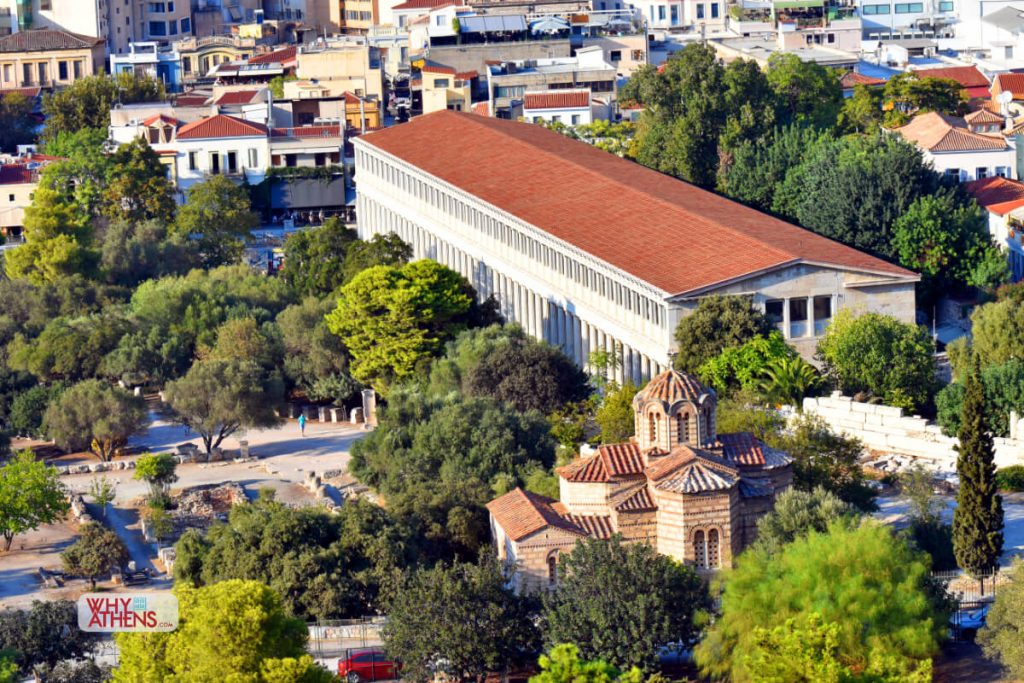
The Stoa of Attalos is an imposing structure overlooking the Ancient Agora. Photograph: Why Athens
Today, you will find a museum on the lower level, with remnants and ruins that were part of the Agora during the Hellenistic period, including sculptural pediments from the frieze above the Temple of Hephaestus.
The upper floor of the stoa houses a permanent exhibition of sculptures from the Ancient Agora, representing Athenian art from the late Classical, Hellenistic and Roman periods.
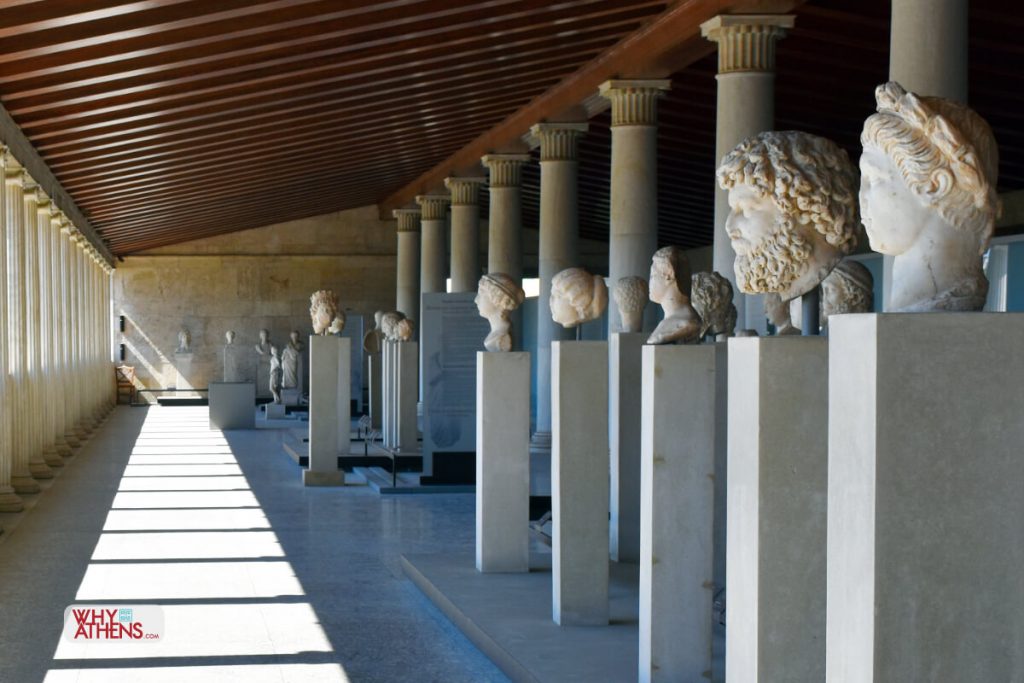
The artefacts displayed on the second floor of the Stoa of Attalos represent works that would have adorned the Ancient Agora during the Hellenistic period. Photograph: Why Athens
Byzantine Church of the Holy Apostles
Built in the 11th century and altered repeatedly throughout the centuries, the church of the Holy Apostles was restored to its original form from 1954 – 1956. It is the only structure in the Ancient Agora apart from the Temple of Hephaestus, to survive intact since its foundation.
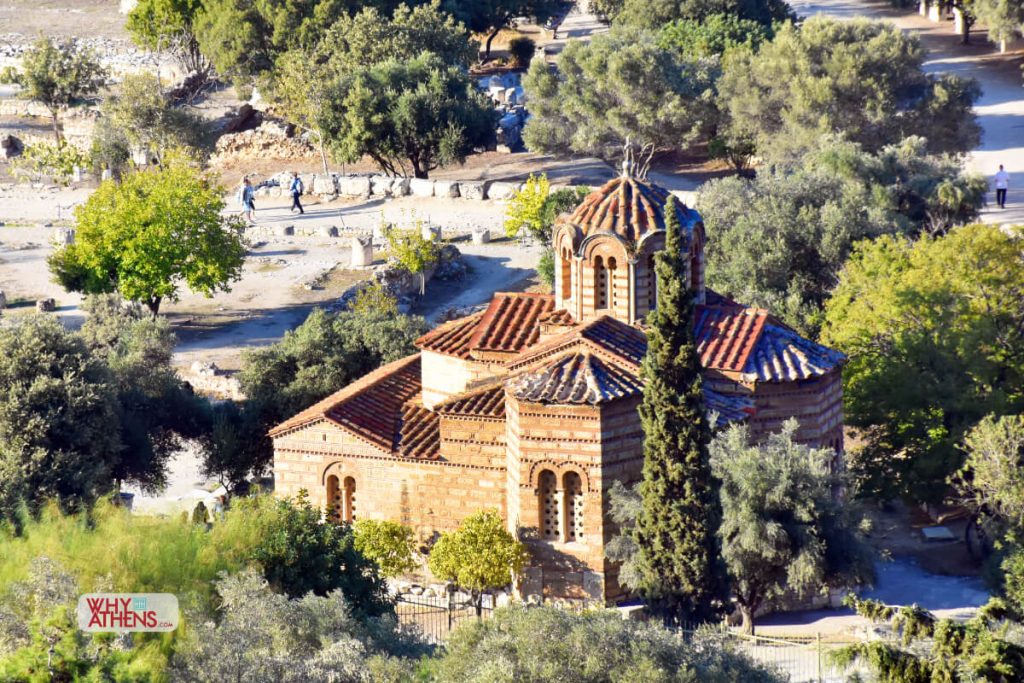
The Church of the Holy Apostles. An 11th c. Byzantine period church in the Athenian style. Photograph: Why Athens
It marks the beginning of the Athenian style churches from the Byzantine period with its signature eight-sided dome and a floor plan in the shape of a cross, with apses on the four sides and a narthex on the west side. Four columns support the dome and the altar and floor were originally made of marble.
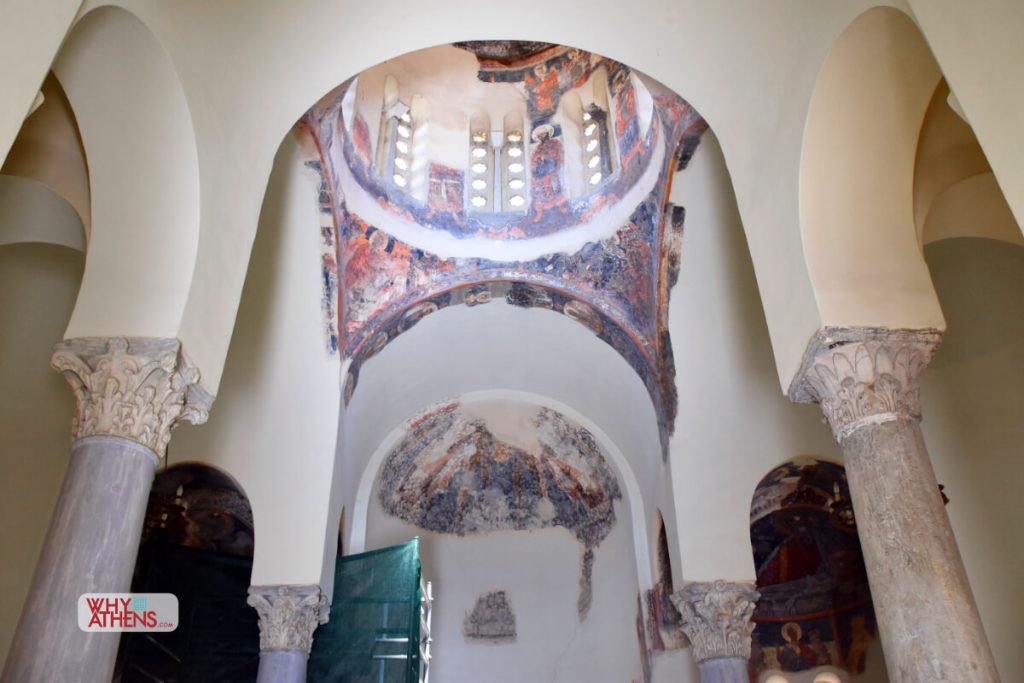
The internal walls of the Church of the Holy Apostles are being restored to reveal centuries-old iconography. Photograph: Why Athens
Four building phases are recognised from repairs to several reconstructions over the years. The wall paintings in the narthex were taken from the neighbouring church of St Spyridon and others were found under modern plaster.
Why Athens Tip: Note the entry point to access the Ancient Agora is on Adrianou Street towards the Stoa of Attalos and opposite the church of the Apostle Phillip. You can find a map point here.
Find more of the best attractions in Athens here.

